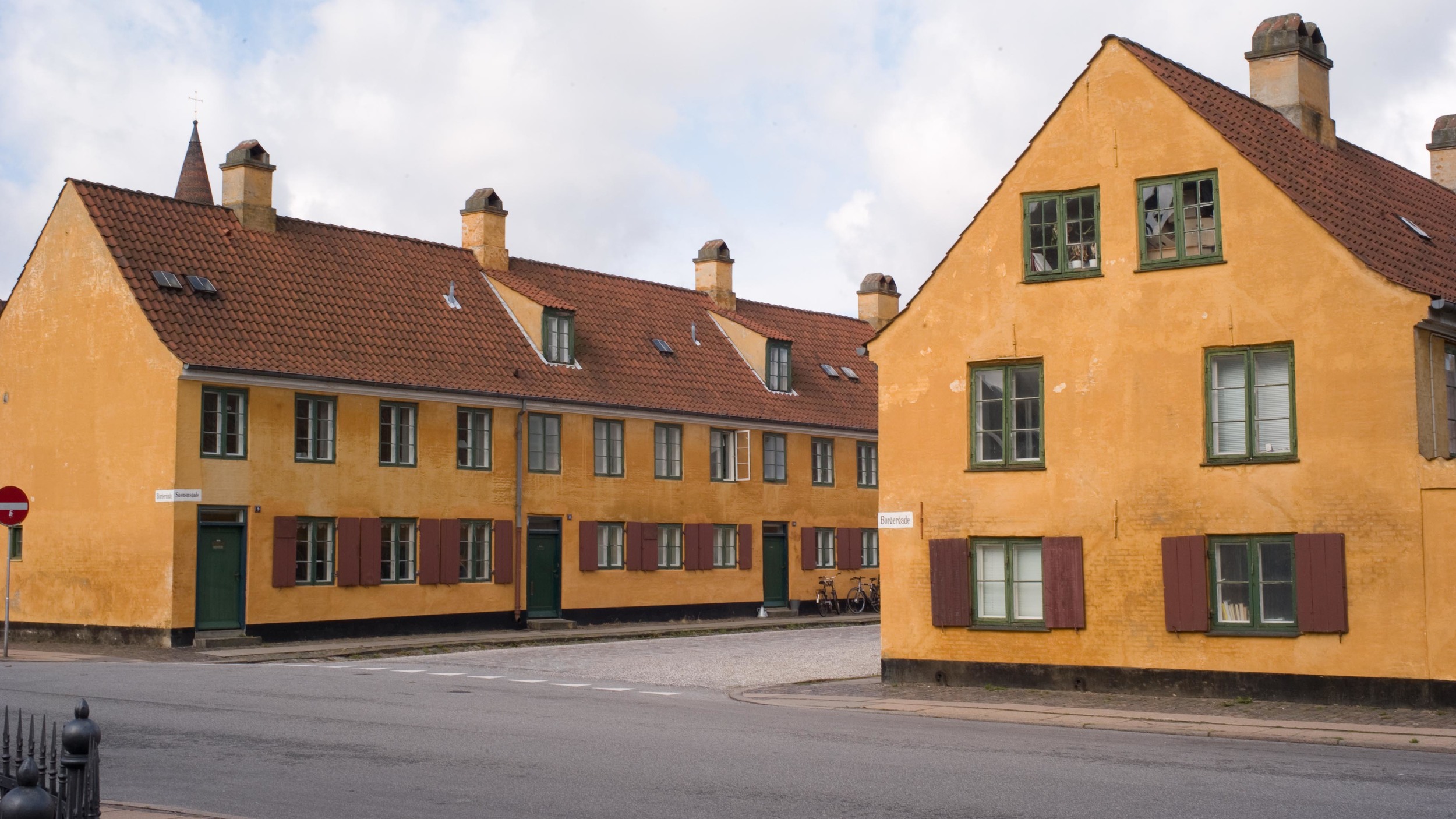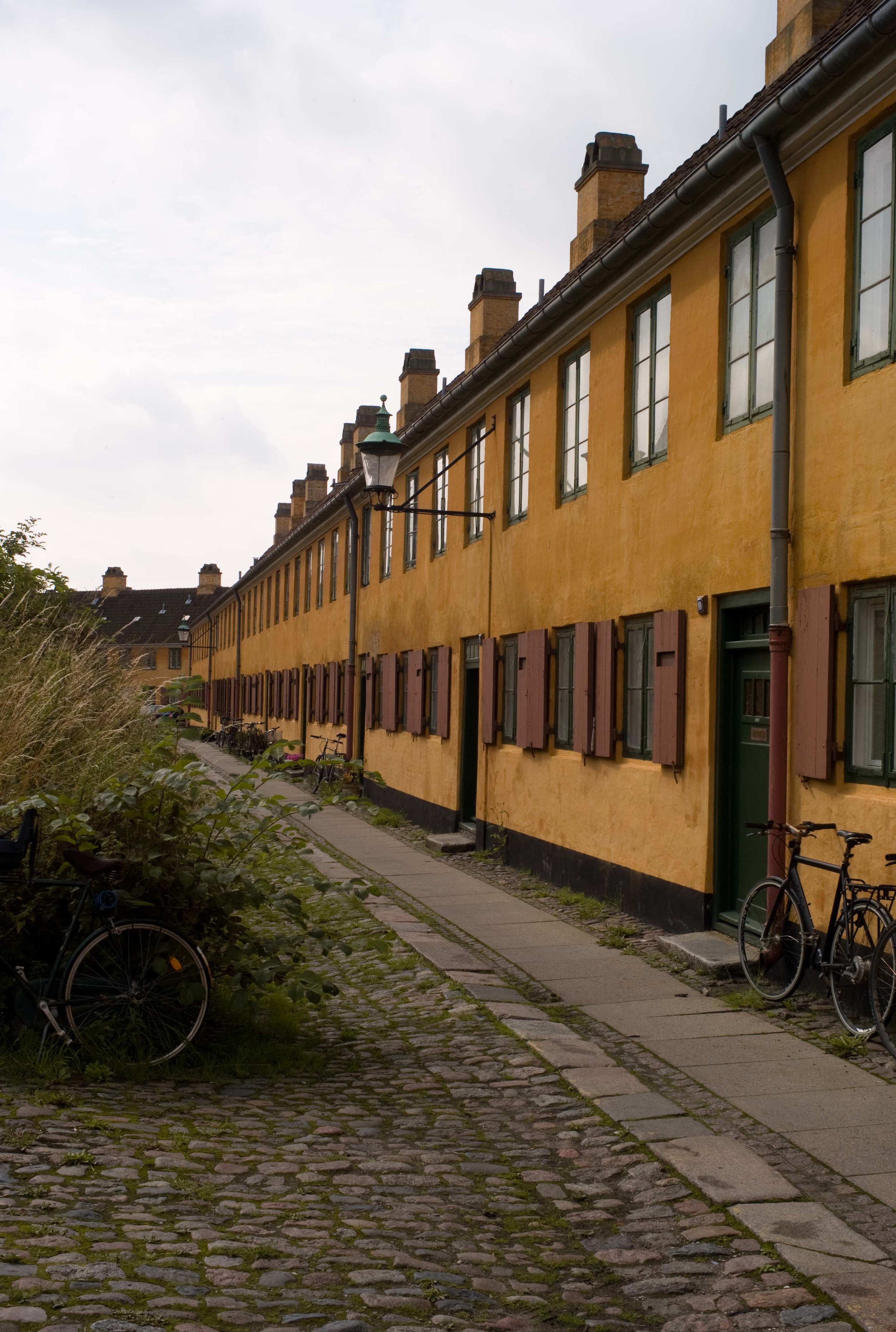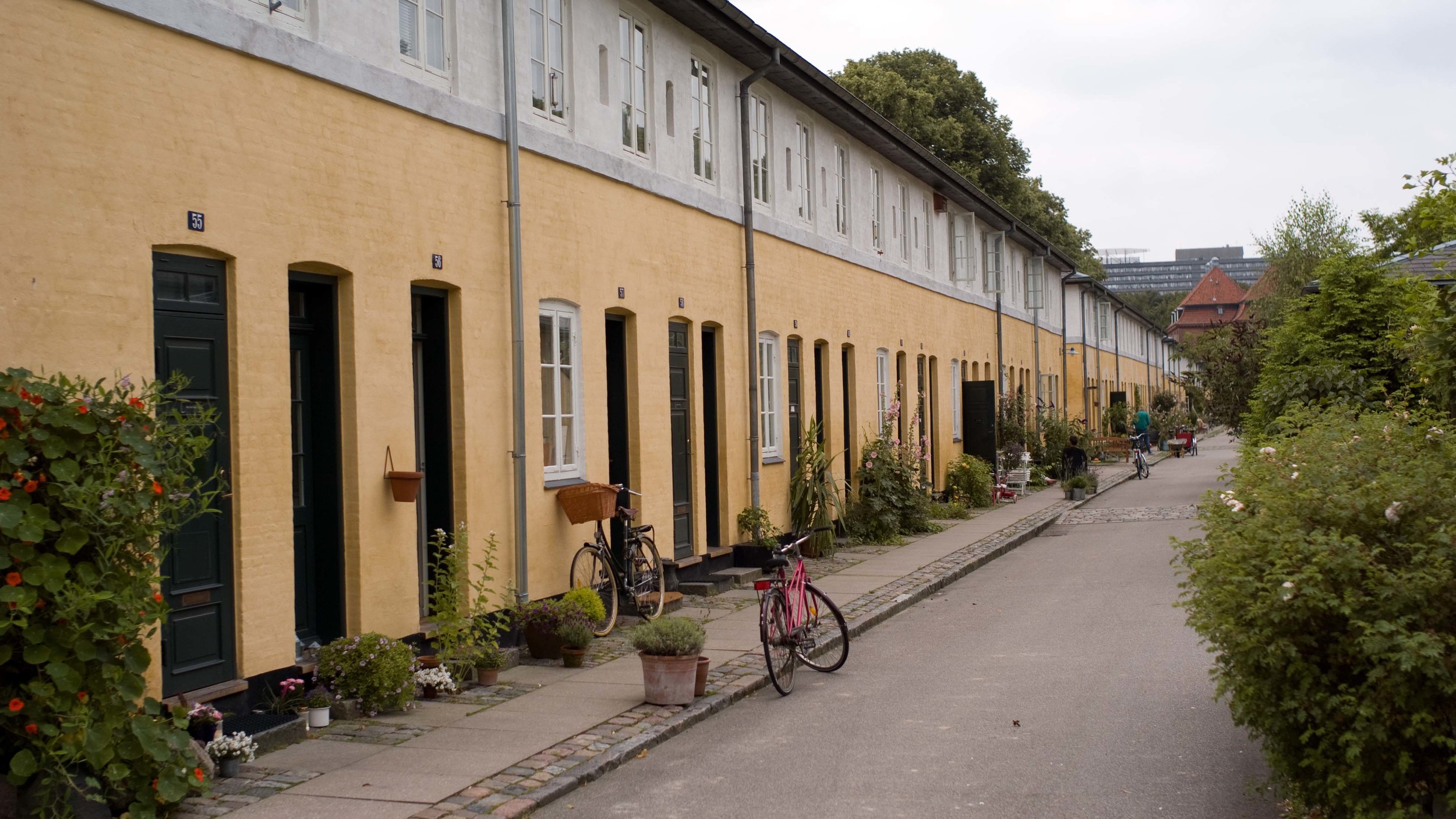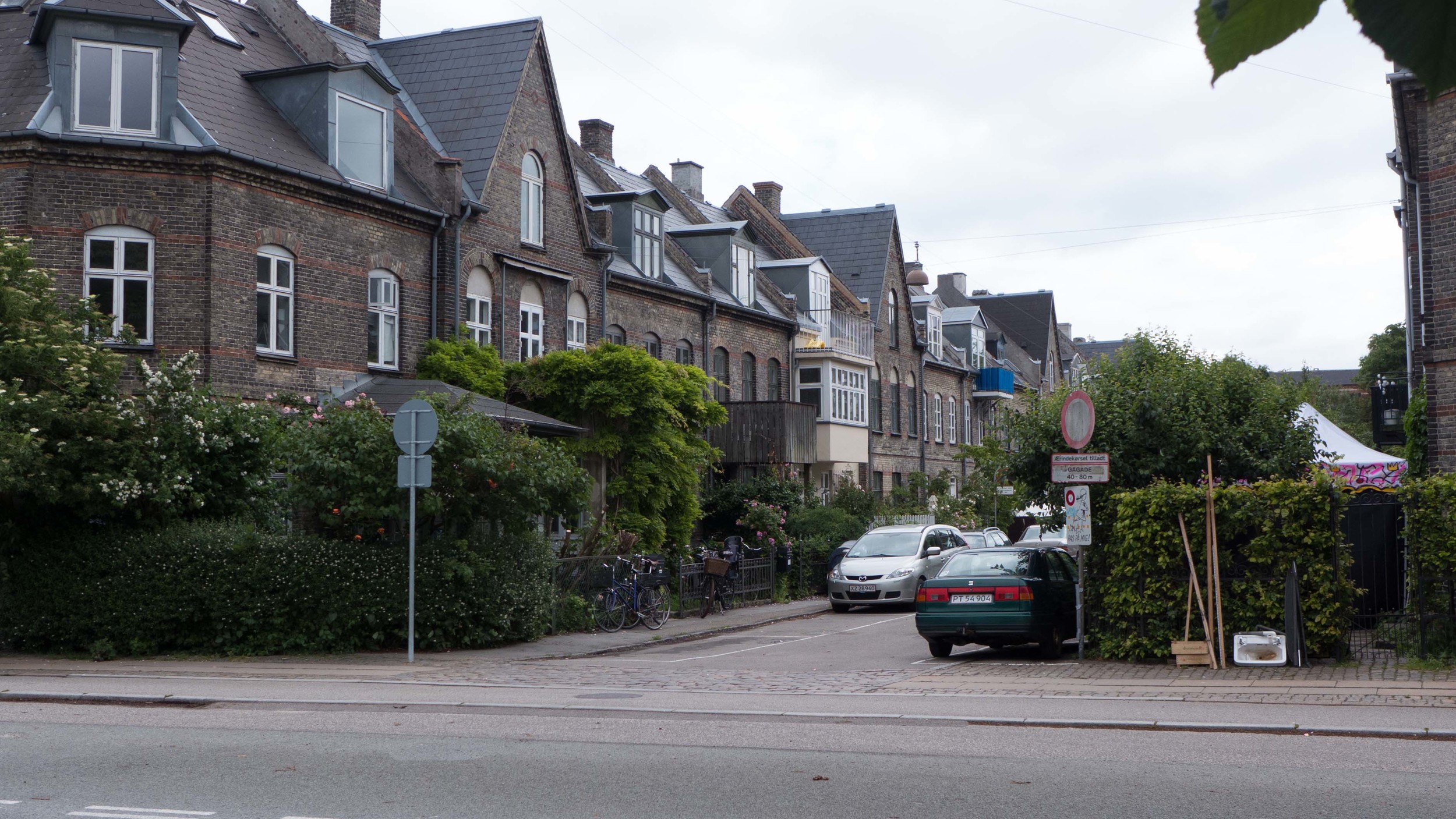workers housing
/Looking back through the recent posts it might seem as if good design is for wealthy middle-class families who have the money and the luxury of time to seek out better designed and better made things to buy.
The lesson from Copenhagen however is that Denmark for centuries has tried to use good design to enhance and improve the lives of ordinary people and this is most obvious in large well-planned schemes to build good homes.
There are many housing schemes in the city from the Solgården housing blocks of the 1920s through to the most recent apartment blocks below Langebro bridge. Some have been more successful than others.





But I thought that here I would focus on some of the earlier housing in the city.
The dark ochre-coloured houses are part of the Nyboder housing scheme with 600 houses on the west side of Kastellet for navy personnel. Building work started in 1631 and some of the single-storey rows from that period survive along Sankt Pouls Gade. The scheme was completed by 1758. There were small “cabbage gardens” between the rows of houses so families could stretch out their housekeeping budget by growing their own food.
The houses with the pale grey upper storey are on the Brumleby Medical Association Scheme in the north part of the city just beyond the Sortedams Sø. These were built between 1853 and 1872 following an outbreak of cholera in the city and were for the “needy classes”. The scheme with 550 houses included a kindergarten, bathhouse and meeting hall.
The houses that look similar to large Edwardian terraced houses in England are on the city side of Sortedams Sø. These are the Building Society Row Houses otherwise known as the “Potato Rows”. The 480 houses were built between 1873 and 1889 on the initiative of the workers at Burmeister & Wain’s shipyard who saved money in a building society and could win one of the houses in a lottery. The large houses were originally divided into apartments to accommodate more families.
It is clear that socialism, or at least a clear understanding of social responsibility, is not simply a recent political phase of post war Denmark.































